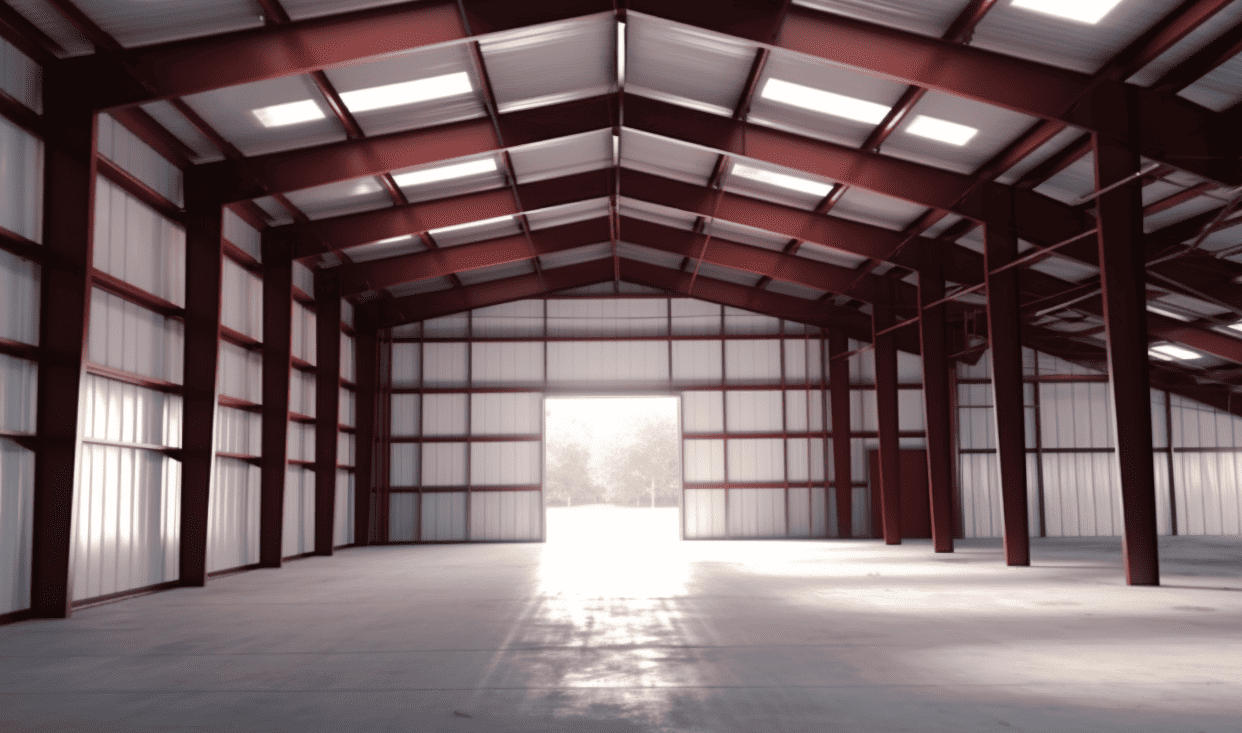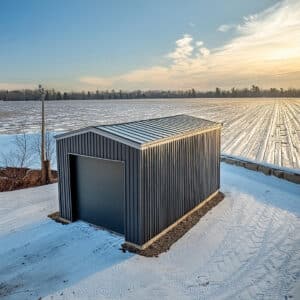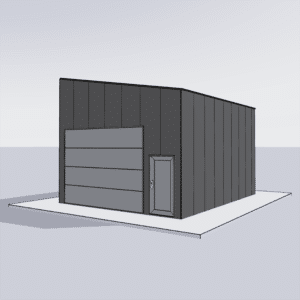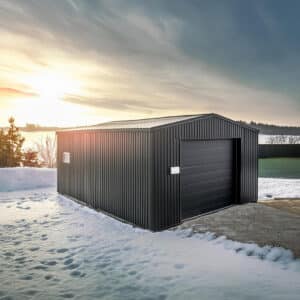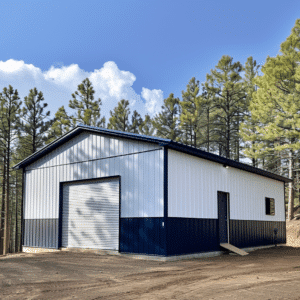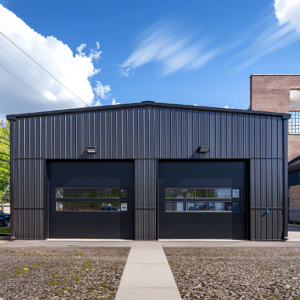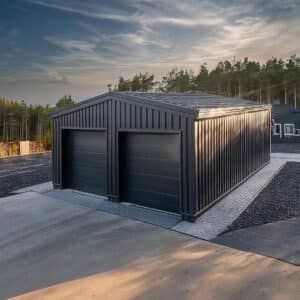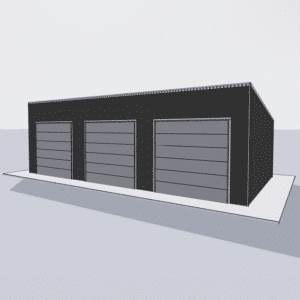Choosing the right steel framing system is a crucial decision that can significantly impact the success and longevity of your construction project. With so many options available, how do you determine the best fit for your specific needs? In this guide, we will explore expert secrets to help you make an informed decision, ensuring that your project not only stands the test of time but also provides the functionality and aesthetics you desire.
Understanding Your Project Needs
Before diving into the specifics of steel framing systems, it’s essential to assess your project needs. Consider the purpose of the building and the environmental conditions it will face. Are you constructing a storage facility, a residential home, or perhaps an industrial warehouse? Each Purpose has its own set of requirements and challenges.
Rhetorically speaking, isn’t it better to understand your own needs before seeking a solution? This introspection will guide you in selecting a system that aligns with your operational goals and budget constraints. For a comprehensive overview of different design considerations, our Steel building assembly and construction resources are invaluable.
Analyzing Material Options
One of the first steps in this journey is understanding the types of steel available for framing. Generally, you will encounter three main types: mild steel, galvanized steel, and stainless steel. Each type has its strengths and weaknesses that may affect your project differently.
– **Mild Steel:** Known for its ductility and malleability, mild steel is a popular choice but may require additional coatings for corrosion resistance.
– **Galvanized Steel:** This steel is coated with a layer of zinc, providing excellent corrosion resistance, making it ideal for outdoor structures.
– **Stainless Steel:** Offering the best resistance against rust and corrosion, stainless steel is typically more expensive but provides long-term durability.
The decision ultimately hinges upon your project’s environmental conditions and maintenance capabilities. Using materials that withstand your local weather is essential for minimizing upkeep costs and extending your building’s lifespan.
Evaluating Framing Systems
Steel framing systems come in several configurations, each suitable for different applications. From rigid frames, which offer clear spans with no internal supports, to modular systems allowing for flexible and rapid assembly, understanding these frameworks will leverage your project’s efficiency. For in-depth design services, check out our Steel Building Design Services.
– **Rigid Frame Systems:** Ideal for creating large, open spaces such as warehouses or sports arenas. They provide excellent support without needing internal columns.
– **Modular Systems:** Perfect for fast, efficient constructions like outbuildings or extensions. These systems allow for easy modifications and expansions.
– **Truss Systems:** Truss networks are efficient for managing high-load capacities, often used in buildings with expansive roof structures.
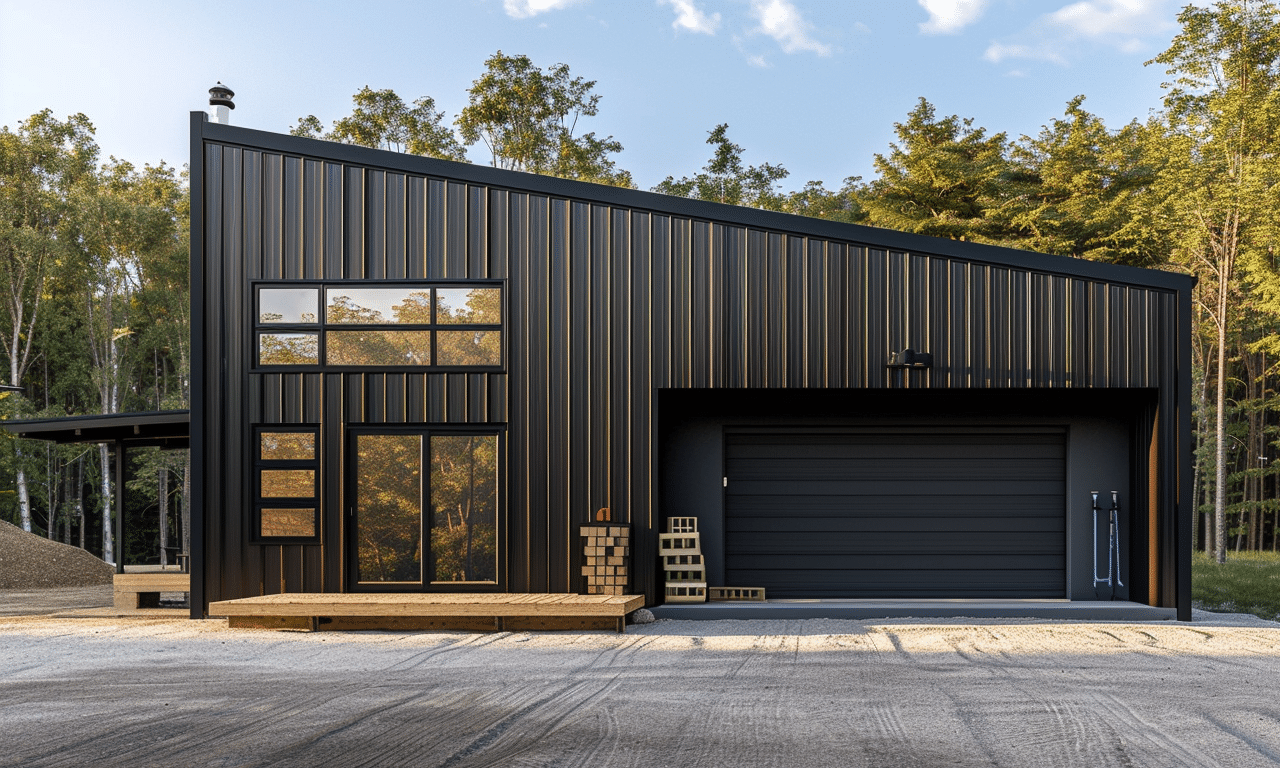
Utilizing Engineered Drawings and Design Guides
One of the little-known secrets to success in steel construction is leveraging quality engineered drawings and design guides. High-quality schematics offer a tactical advantage by eliminating uncertainties in execution. Access reliable Engineered Drawings to visualize and analyze your structural needs and ensure compliance with local regulations and standards.
Additionally, don’t overlook valuable resources like the Lightweight Steel Framing Architectural Design Guide. This document provides actionable insights and parameters for designing safe and effective steel structures.
Project Management and Coordination
Another cornerstone of successful steel building projects is effective project management and coordination. Ensuring all elements — from design to material procurement and construction — operate smoothly requires meticulous planning and execution. Consider enlisting experts to manage timelines, coordinate with suppliers, and oversee the installation. For assistance, see our helpful guide on Avoiding Common Pitfalls in steel building projects.
The Role of Sustainability and Environmental Impact
In today’s world, sustainability is not just an added benefit but a requirement. Choosing a steel framing system that aligns with ecological goals can reduce your environmental footprint. Steel is inherently recyclable and choosing steel with high recycled content can enhance your building’s sustainability.
Consider implementing green construction practices, such as optimizing insulation and integrating solar panels, to reduce energy consumption. These strategies not only contribute to a healthier planet but can also offer financial savings in the long run.
Cost Considerations and Budget Planning
Finally, let’s not forget about budget considerations. Selecting the right steel framing system involves a thorough cost analysis. Balance initial investment costs against potential long-term savings from reduced maintenance and increased energy efficiency. Set realistic budgets for each component of your project, keeping a buffer for unexpected expenses.
To encapsulate all these strategies, focus on creating a contingency budget plan that ensures financial security throughout the project lifecycle. Understanding your financial limitations and potentials will ensure sustainability and future-proofing are not sidelined by short-term cost savings.
In conclusion, choosing the right steel framing system is about aligning structural needs with design aspirations while mitigating risks. The correct choice will harmonize strength and beauty, fulfilling your project’s goals within budgetary constraints. For comprehensive support on selecting and constructing with steel, explore our array of resources and expert services available online.


